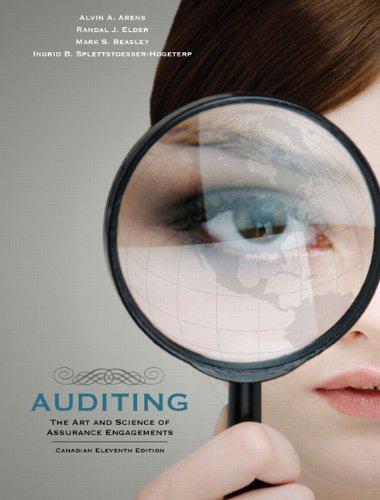1. A transfer pricing arrangement that uses the price that would be charged to an external customer is a A. market-based approach B. negotiated approach C. cost approach D. decentralized approach 2. In a centralized organization, where are goals established? A. at the lower level of the organization and promoted upward B. outside the organization based on best practices in the industry C. by each segment of the organization D. at the highest level of the organization and promoted downward 3. Strategic decisions occur A. frequently and involve immediate decisions B. frequently and involve long-term decisions C. infrequently and involve long-term decisions D. infrequently and involve immediate decisions 4. In centralized organizations, primary decisions are made by A. an individual at the top of the organization B. various managers throughout the organization C. outside consultants D. low-level management 5. A key advantage of a decentralized organization is A. increased administrative costs B. quicker decisions and response time C. the case of aligning segment and company goals D. duplication of efforts 6. A transfer pricing structure that considers the opportunity costs of selling to internal rather than external customers uses A. the cost approach B. the general transfer pricing approach C. the market-based approach D. the opportunity cost approach 7. Organizational charts A. list the salaries of all employees B. outline the strategic goals of the organization C. show the structure of an organization D. help management measure financial performance 8. An important goal of a responsibility accounting framework is to help ensure which of the following? A. decision-making is made by the top executives. B. investments made by each segment are minimized. C. identification of operating segments that should be closed. D. segment and company financial goals are congruent. 9. Internal costs that are charged to the segments of a business are called A. controllable costs B. variable costs C. fixed costs D. allocated costs 10. An example of an uncontrollable cost would include all of the following except A. real estate taxes charged by the county in which the business operates B. per-gallon cost of fuel for the company's delivery trucks C. hourly rate of pay for the company's purchasing manager D. federal income tax rate paid by the company 11. Which of the following is not a common goal of an organization? A. operational efficiency B. being acquired by another business C. achieving strategic goals D. measuring financial performance 12. A responsibility center in which managers are held accountable for both revenues and expenses is called a A. discretionary cost center B. revenue center C. cost center D. profit center 13. Which of the following does not describe a management control system? A. establishes a company's strategic goals B. implements a company's strategic goals C. monitors a company's strategic goals D. a system that only measures profitability 14. Costs that a company or manager can influence are called A. discretionary costs B. fixed costs C. variable costs D. controllable costs 15. Managers in decentralized organizations make decisions relating to all of the following except A. the company's stock price B. equipment purchases C. personnel D. prices to charge customers 16. A responsibility center structure that considers investments made by the operating segments by using a common cost of capital percentage is called A. return on investment B. residual income C. a profit center D. a discretionary cost center 17. Which of the following is not a type of responsibility center? A. concentrated cost center B. investment center C. profit center D. cost center 18. Segments are uniquely identifiable components of the business and can be categorized by all of the following except A. products produced B. services provided C. geographical location D. number of employees 19. A system that establishes financial accountability for operating segments within an organization is called A. a financial statement B. an internal control system C. responsibility accounting D. centralization









